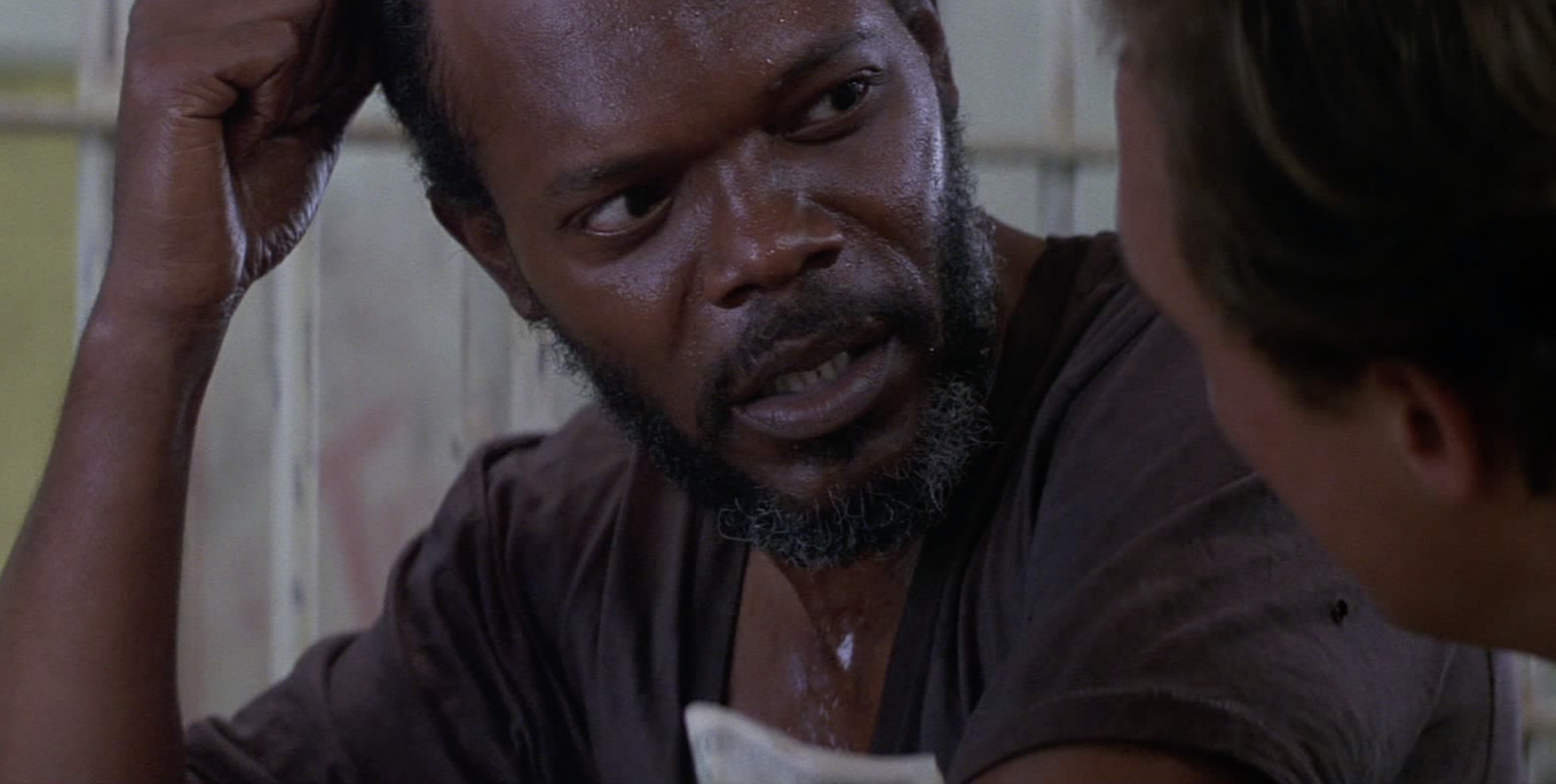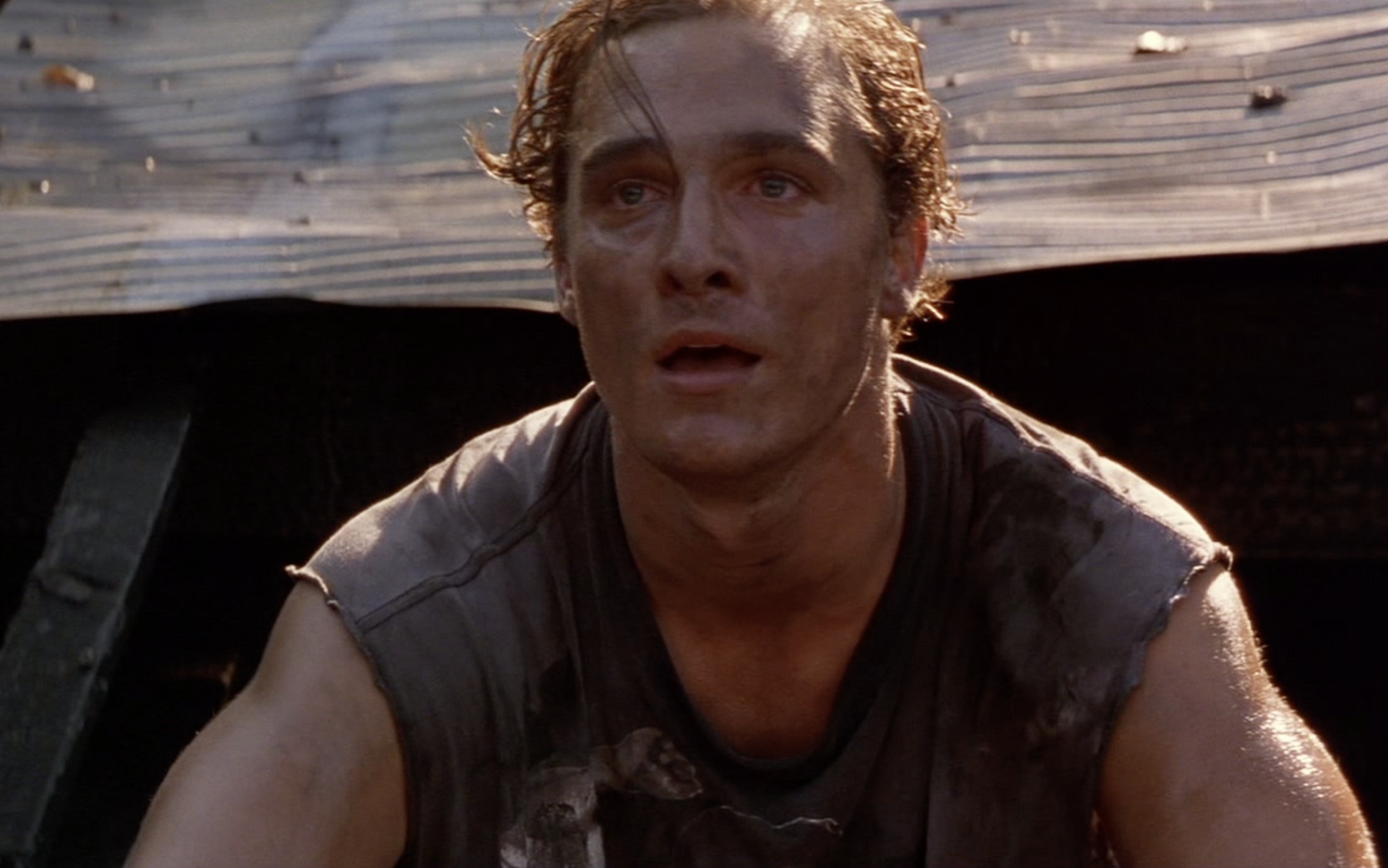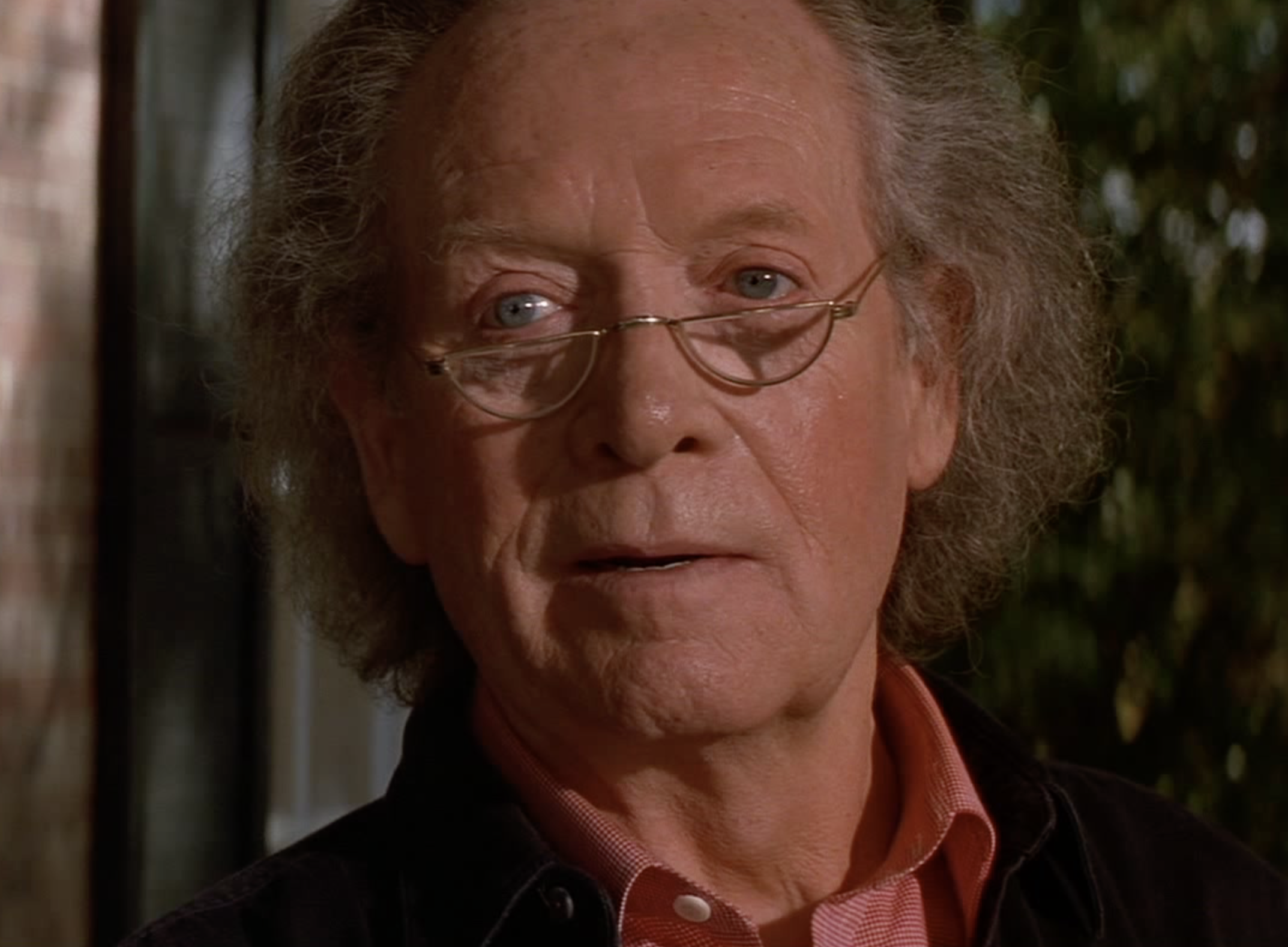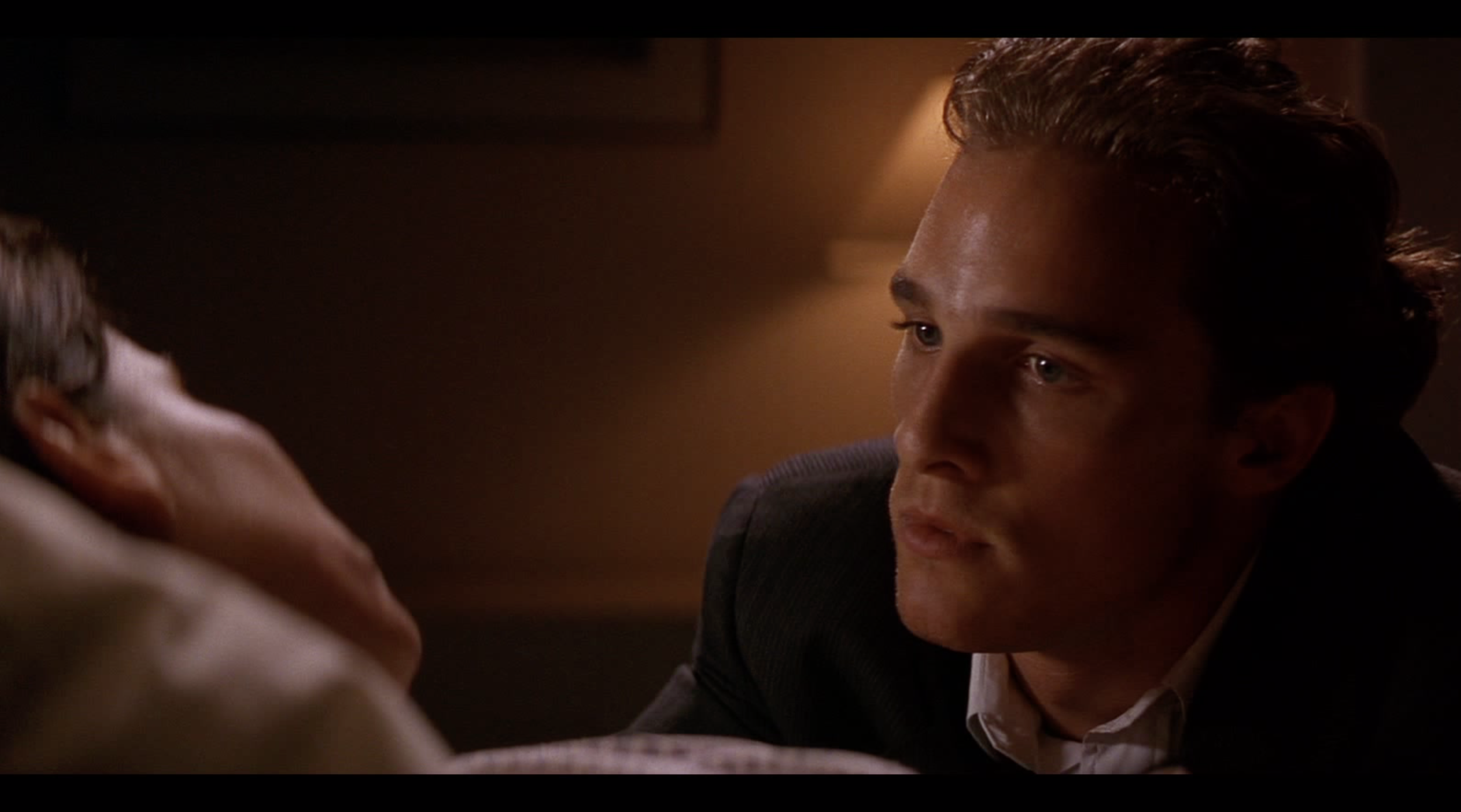A Degree Absolute! episode thirty-eight: "A Time to Kill" with Linda Holmes
Chris Klimek
Matty McC meets Patty McG, in the battle you didn’t know you wanted to McSee!
A Time to Kill, the fourth big-studio adaptation of a John Grisham legal thriller to hit theaters in a 37-month period during the first Clinton Administration, is not a great showcase for our man Patty McG. There are just too many high-caliber, high-profile, and high-maintenance players in its stacked cast, and probably too much studio pressure for him to get away with anything weird. (Braveheart, released 14 months earlier, was a long time ago.) Company-man director Joel Schumacher seems to have saved all his creative chits for putting nipples on Batsuits in this era, turning in a serviceable but unshowy piece of work the summer in between Batman Forever and Batman and Robin. He sure does like to spray his actors with baby oil, though.
The good news is that our friend Linda Holmes is back this episode, lending her quadruple-threat expertise as (in increasing order of significance) a Sandra Bullock expert, and Grisham expert, an actual-albeit-no-longer-practicing lawyer, and of course as a world-class critic to our examination of the picture. Join us, won’t you, on this jurisprudent journey back to nineteen-niner-six.
A Time to Kill
Screenplay by Akiva Goldsman, adapted from John Grisham’s novel
Directed by Joel Schumacher
Released July 24, 1996
Write to the Citizens Advice Bureau at adegreeabsolute dot gmail!
Leave us a five-star review with your hottest Prisoner take on Apple Podcasts!
Follow @NotaNumberPod!
Our song: "A Degree Absolute!"
Music and Lyrics by Chris Klimek
Arranged by Casey Erin Clark and Jonathan Clark
Vocals and Keyboards by Casey Erin Clark
Guitar, Percussion, Mixing by Jonathan Clark
Bass by Marcus Newstead












